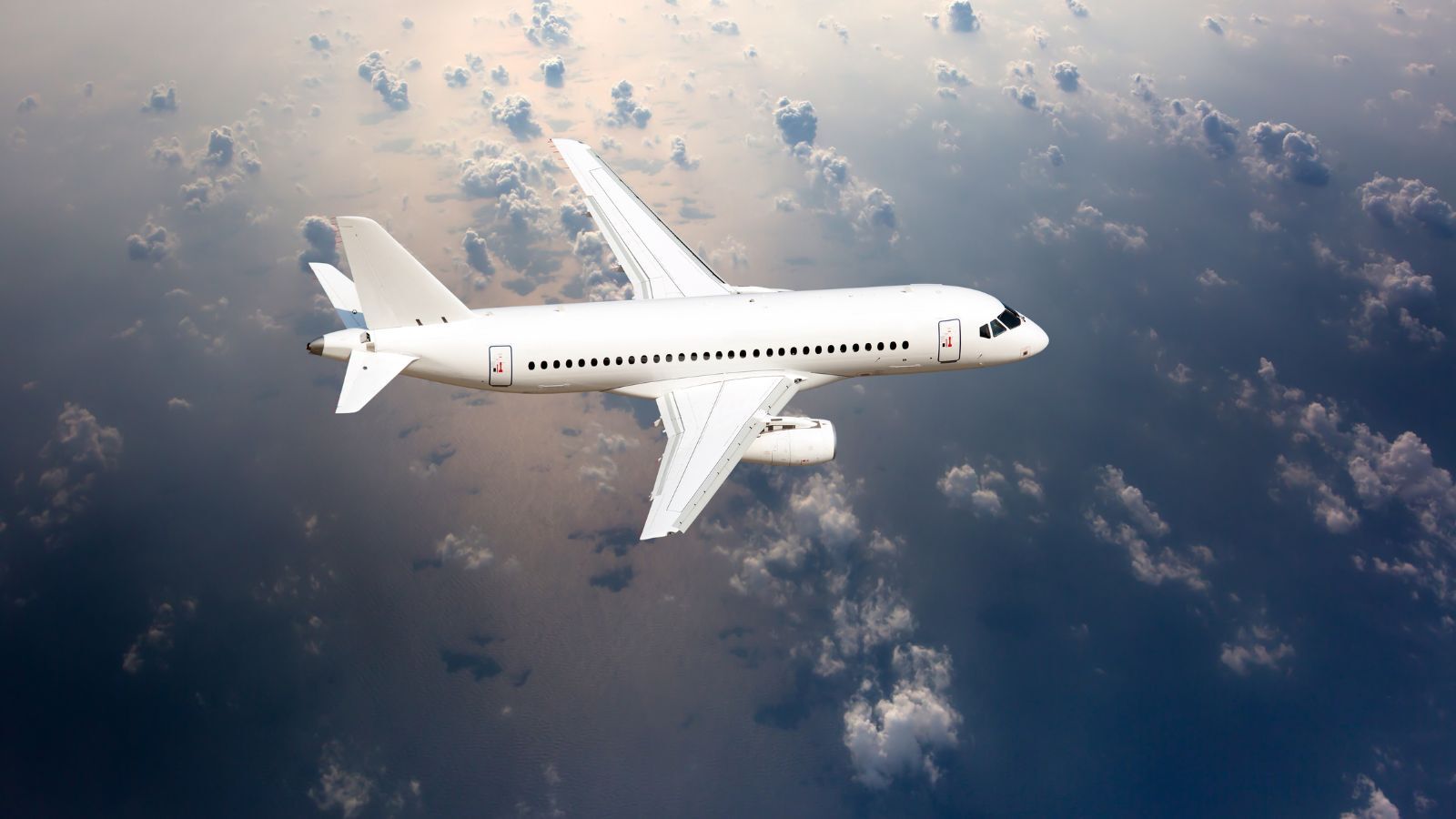As most legacy airlines have reported their first-quarter 2025 results, there is some confusion about how any slowdown in the global economy is affecting passenger demand for air travel.
Listening to some airlines, the US domestic market has declined, while international demand remains stable. Some European airlines have noted a softening in the transatlantic market and prices, as we’ve seen in some cases, have fallen. However, bookings from some markets to the USA have increased, as the US dollar has weakened by around 8% against the pound since January, while the Euro has strengthened by 10%. Meanwhile hotels in major US leisure destinations apparently suffering from lower demand, presenting opportunities for deals - although that depends on whether you think a £200 a night hotel room is a bargain or not!
The truth is that no one really has a full handle on what is happening and how the summer will finally shape up, but indications are that with a lower price for oil, a strong outbound US market and a recovery in demand from Europe then the summer will be good - although perhaps not quite as good as last year. However, no one knows for certain and much has been made of how exposed the various airlines are to the ebbs and flows of the transatlantic market, so we’ve taken a few measurements to see where the major carriers stand. Are they exposed or perfectly placed?
Measuring the Transatlantic Market with ASKs
For investors and financial analysts the preferred measurement is Available Seat Kilometres (ASKs) as it provides a readily understood operating metric and can also be compared to factors such as revenue (RASK) and cost (CASK) per kilometre. In the table below we have compared each of the listed airlines’ transatlantic capacity against their total planned summer network capacity.
- Given their name, it’s probably not a great surprise that based on ASKs Virgin Atlantic have the largest share of any airline’s total production allocated to the transatlantic market (37%), but few would have placed Aer Lingus in second spot with 31% of their ASKs on routes to North America.
- With British Airways placing 19.7% of their production on the transatlantic and Iberia 9.1%, collectively the three IAG legacy airlines have 17.8% of capacity in the market.
When we purely measure total ASKs in the transatlantic market then the US based carriers with their services to multiple European countries have the largest levels of production. Delta Air Lines and United Airlines produce broadly similar levels of ASKs around the sixty-five billion mark, while American Airlines are back at a mere fifty billion ASKs! Amongst the European carriers British Airways are the largest producer of ASKs followed by Lufthansa whose B747’s provide around one-third of their ASK production.
Measurement By Airline Capacity (Seats)
A simpler measurement and one that perhaps is easier to understand is the number of seats on sale. Compared to ASKs this certainly changes billions into millions!
- Once again, Virgin Atlantic heads the table with over one-third of the airline’s capacity operating across the Atlantic (3.3 million seats on sale for the summer season) .
- For Aer Lingus the market may account for some 31% of ASKs but only 11% of capacity as their short-haul European network reduces the emphasis.
- Indeed, for most airlines listed, measuring dependency on the transatlantic market based on capacity reduces the level of exposure to risk; British Airways moves from a 19.7% ASK score to a 9.0% capacity score while for American Airlines a 8.4% ASK becomes a 2.1% capacity production.
- Both Delta Air Lines and United Airlines have close to 10 million seats allocated to the transatlantic market this summer; 50% more than British Airways. They will therefore be watching how the US traveller and dollar exchange rate holds up against the Euro in the coming months.
Ultimately, while production is an important measurement and is watched closely by analysts, the reality is that the combination of costs and revenue will determine results across the Atlantic this summer. Inevitably some airlines are more exposed to the market and will spin that as a positive if they deliver a strong set of results, while those less exposed may focus on the benefits of a diverse geographic network. Come November we will have some idea of how well or badly each airline performed and who the real winners and less fortunate are.




